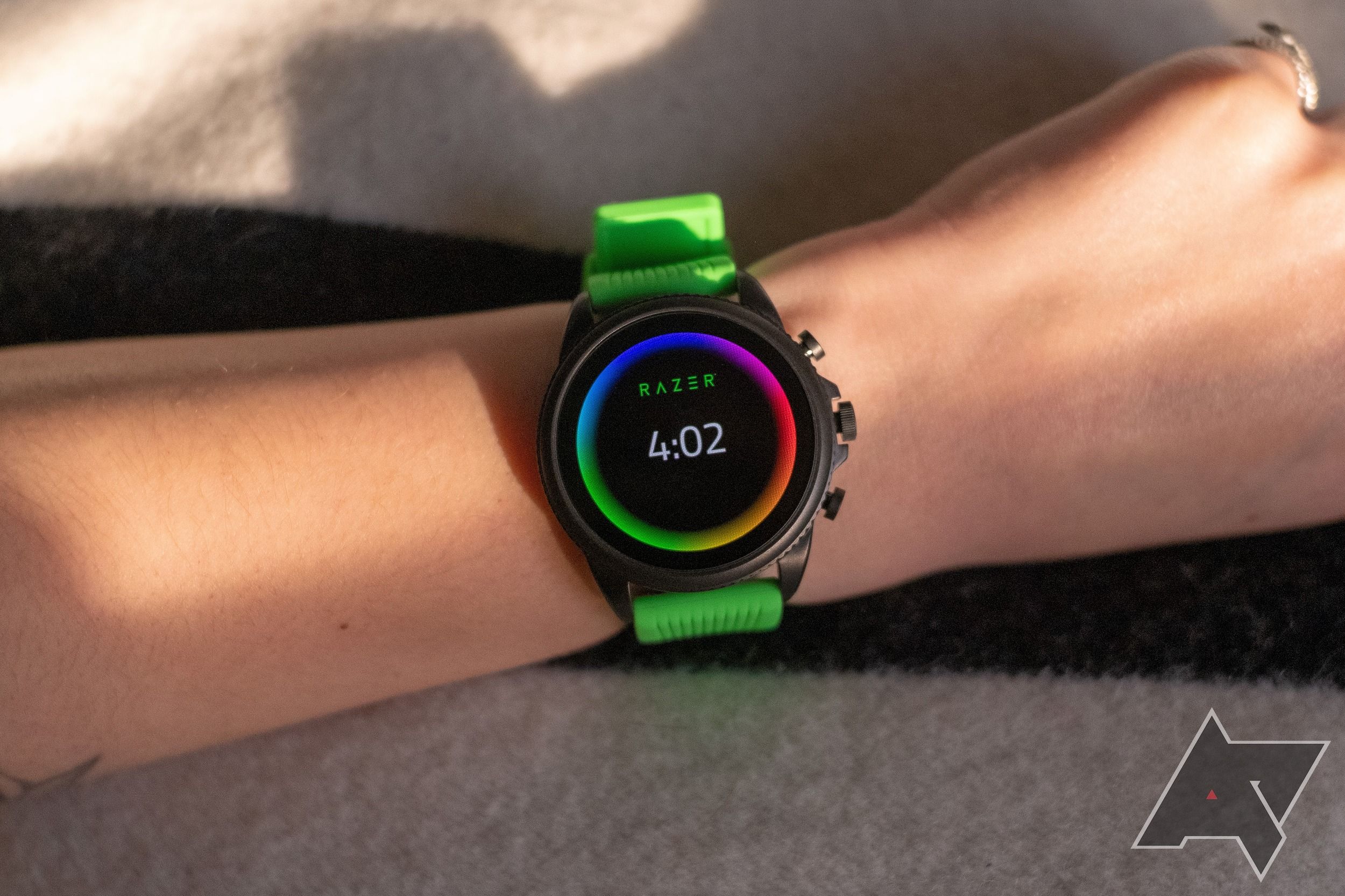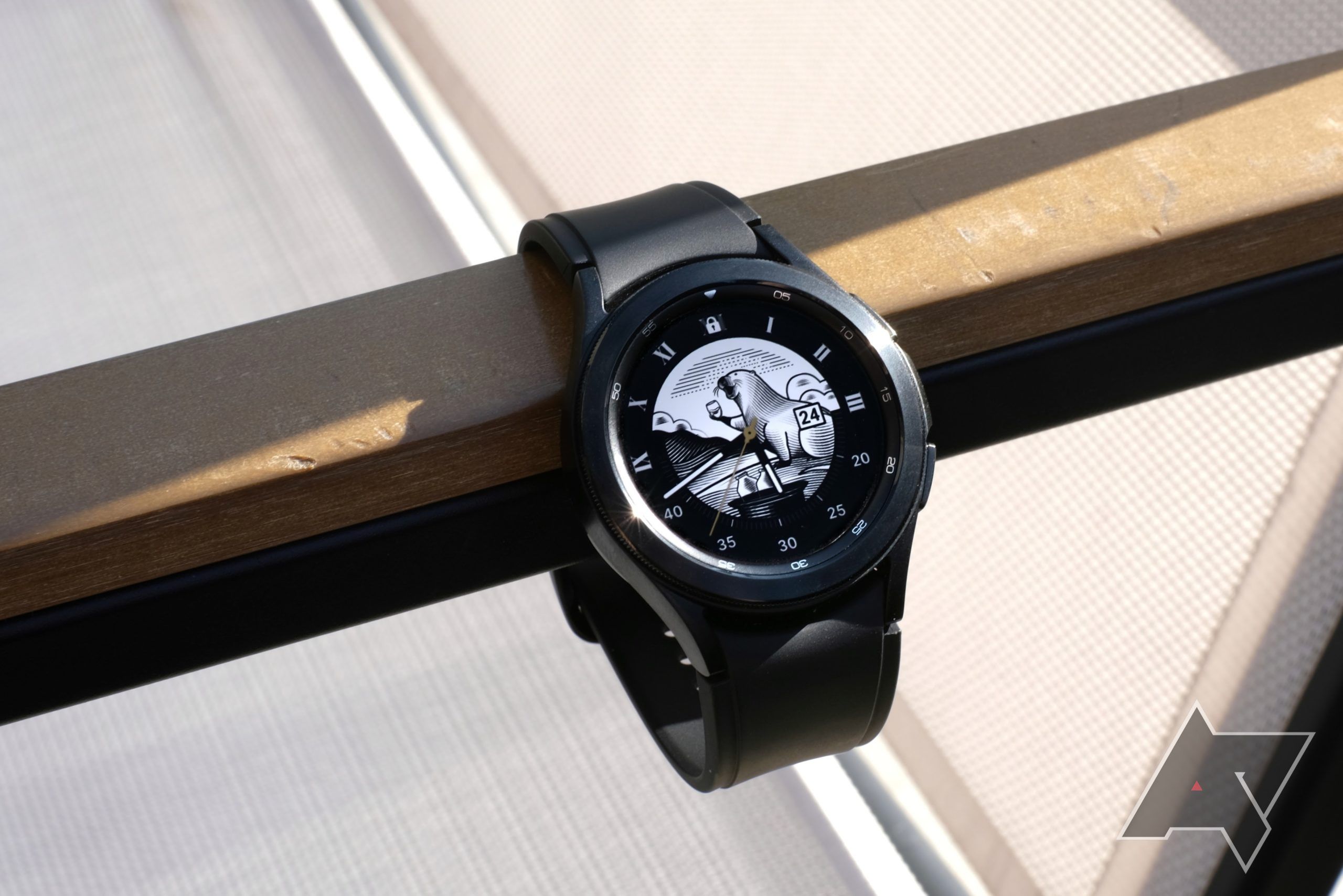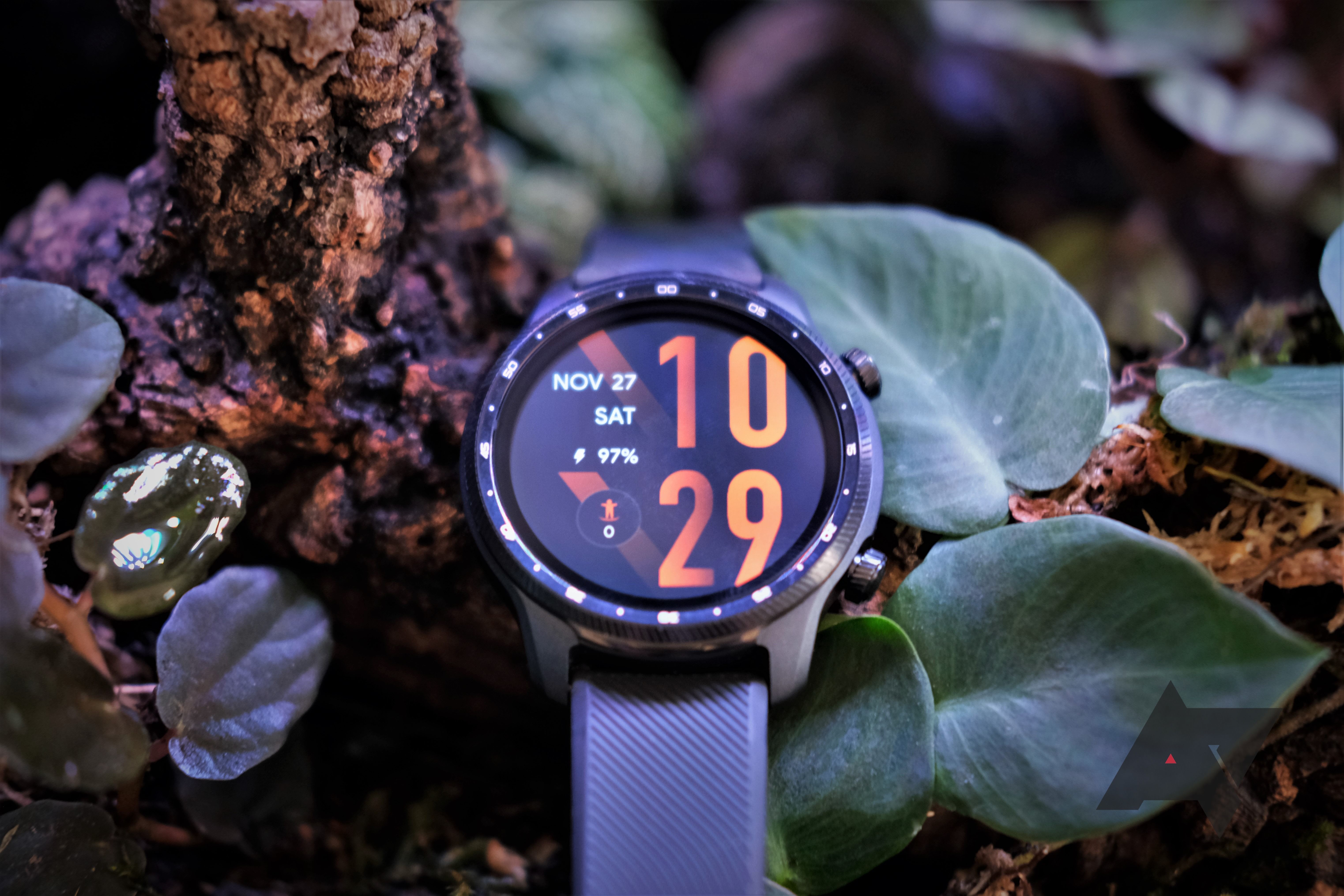If you’ve been following the discourse around Wear OS watches for the past year, there’s a good chance you’re sick of hearing about the Galaxy Watch 4 and Galaxy Watch 4 Classic. While there have been other high-profile Wear OS releases since the Watch4 series’s debut, like the Fossil Gen 6 and Mobvoi’s TicWatch Pro 3 Ultra GPS, none of them have been very good.
What’s the problem?
It’s not just that they’re running old software (though it doesn’t help that Samsung’s watches are still the only ones with Wear OS 3 that don’t cost four figures), but they also exhibit the same grating hardware flaws Wear OS has been known for years: mediocre performance and battery life.
Smartwatches are physically small devices; there’s just not a lot of room to put a battery. Unless you disable features like always-on displays and motion detection to wake their screens, even the largest smartwatches available today typically give up the ghost after about a day and a half away from a charger.
The Mobvoi watch mentioned above is a special case. It has a secondary, ultra-low-power display built under its primary screen to show the time when you’re not actively using the watch. With this specialized hardware, it can last up to three days.
For a phone, that kind of battery life is acceptable. But in a device you’re meant to keep strapped to your body at all times, including while you sleep, having to top up using a proprietary charger every day is a lot of friction. Fitness trackers can manage a much longer battery life of up to a week between charges. Still, compared to full-fledged smartwatches, their functionality is typically limited.
Does Qualcomm have a solution?
Qualcomm wants us to believe it’s cooked up the answer to wearable battery anxiety in its upcoming W5 Gen 1 and W5+ Gen 1 chipsets. Qualcomm’s been teasing new silicon for smartwatches and it looks seriously impressive. Compared to its formerly top-of-the-line Wear 4100+ CPU, the W5+ is about 30 percent smaller. This means greater efficiency and more room to stuff a smartwatch chassis with a battery.
Qualcomm also claims that the W5+ is both “50% better” at power management and twice as fast as the 4100+ was. These are claims we have to take with a grain of salt until we can test them ourselves. However, if they’re even remotely accurate, the high-end Wear OS watches of the near future should be in an entirely different league from the ones we’re seeing out of most major players today. And if these new chips are as good as the company says, we could be in for a very competitive smartwatch market in the near future, and that’s exciting.
As much as we love the Watch4 series, we’re always happy to see healthy competition. Our hopes for Google’s upcoming Pixel Watch have been tempered by all-too-believable reports that it’ll run on outdated hardware—Samsung’s Exynos 9110 chipset, which debuted more than four years ago. Samsung’s latest smartwatches run on the newer Exynos W920, and compared to most Wear OS watches from other manufacturers, they’re appreciably more snappy.
What does the future hold?
Despite Samsung’s initial claims of 40-hour battery life, the Galaxy Watch4 turned out to have pretty average longevity for a smartwatch. If Qualcomm’s new chips are as great as it claims, upcoming smartwatch releases from the likes of Fossil and Mobvoi should be competitive on performance and potentially beat Samsung on battery life (though a new leak claims the upcoming Galaxy Watch5 Pro will hit three days).
We could very well be looking at a future where Android users are spoiled for choice when it comes to good smartwatches—from multiple manufacturers. Compared to where we were just two years ago, that’s a hell of an improvement.


